Salmon are iconic fish, celebrated for their incredible migrations and delectable flavor. But beneath their familiar exterior lies a world of astonishing adaptations and jaw-dropping behaviors. Get ready to have your mind blown by these 10 lesser-known facts about salmon that will change how you see these remarkable creatures.
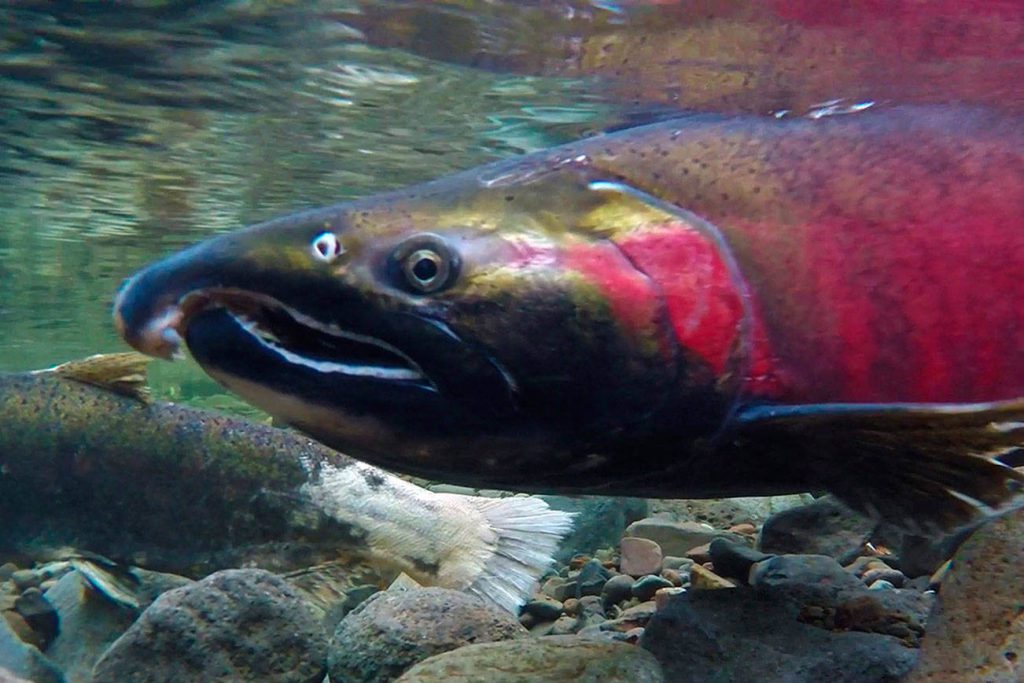
Nose for Home: Salmon possess an astonishing sense of smell. They can detect a single drop of their natal stream’s water in 250 gallons of seawater, using this olfactory superpower to navigate thousands of miles back to their birthplace to spawn
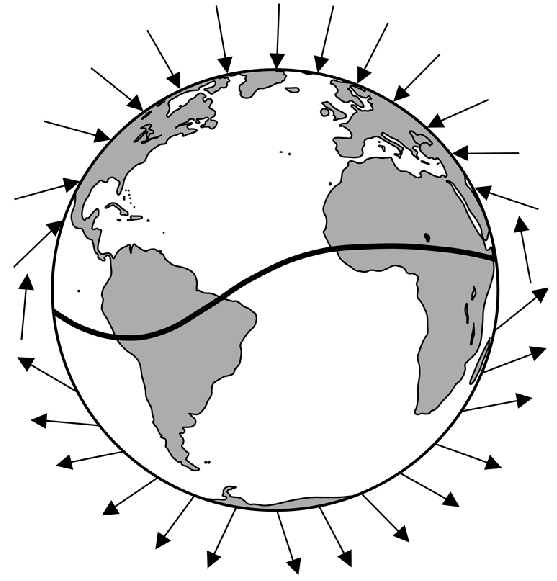
Magnetic Attraction: In addition to their keen sense of smell, salmon also use the Earth’s magnetic field for navigation during their epic migrations. This built-in compass helps them stay on course even in vast, featureless oceans.

Shape-Shifters: Salmon undergo dramatic transformations throughout their lifecycle. From tiny, streamlined parr in freshwater to powerful, ocean-dwelling adults, their bodies adapt to the challenges of different environments.
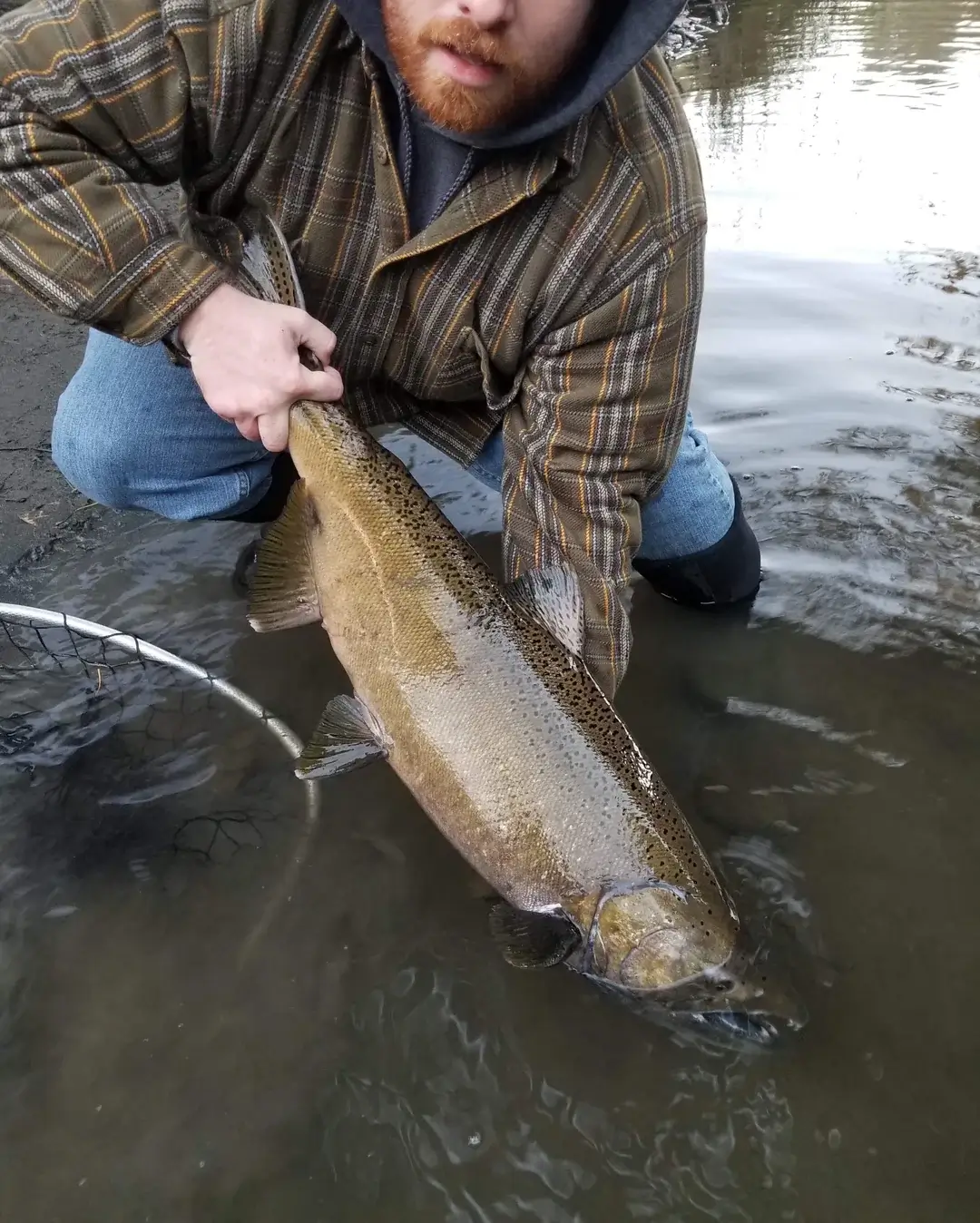
Death by Reproduction: The arduous journey back to their spawning grounds takes a tremendous toll on salmon. After spawning, most species die, completing their lifecycle and ensuring the survival of the next generation.

Bear Necessities: Salmon play a crucial role in their ecosystems. Their nutrient-rich bodies provide essential sustenance for bears, wolves, and other wildlife, enriching both terrestrial and aquatic environments.

Ocean Commuters: Some salmon species embark on multiple migrations between freshwater and saltwater throughout their lives. These “repeat spawners” defy the odds by surviving the arduous journey and returning to spawn multiple times.
Tree Fertilizers: When salmon die after spawning, their decomposing bodies release nutrients into the surrounding ecosystem, fertilizing the soil and benefiting the growth of trees and other vegetation.
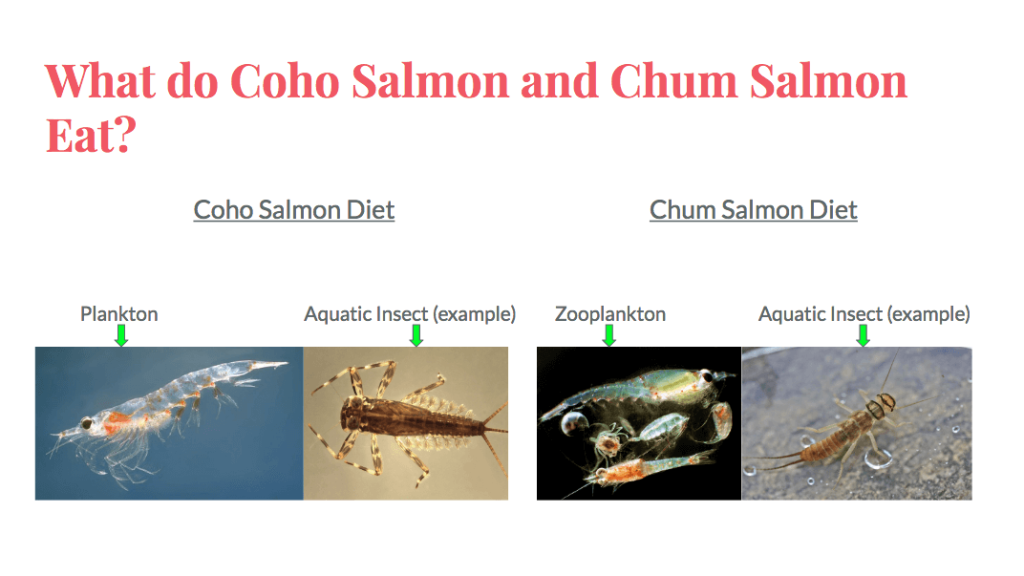
Diverse Diets: Salmon aren’t picky eaters. Their diet varies depending on their life stage and habitat, ranging from tiny zooplankton and insects in freshwater to larger fish and crustaceans in the ocean.
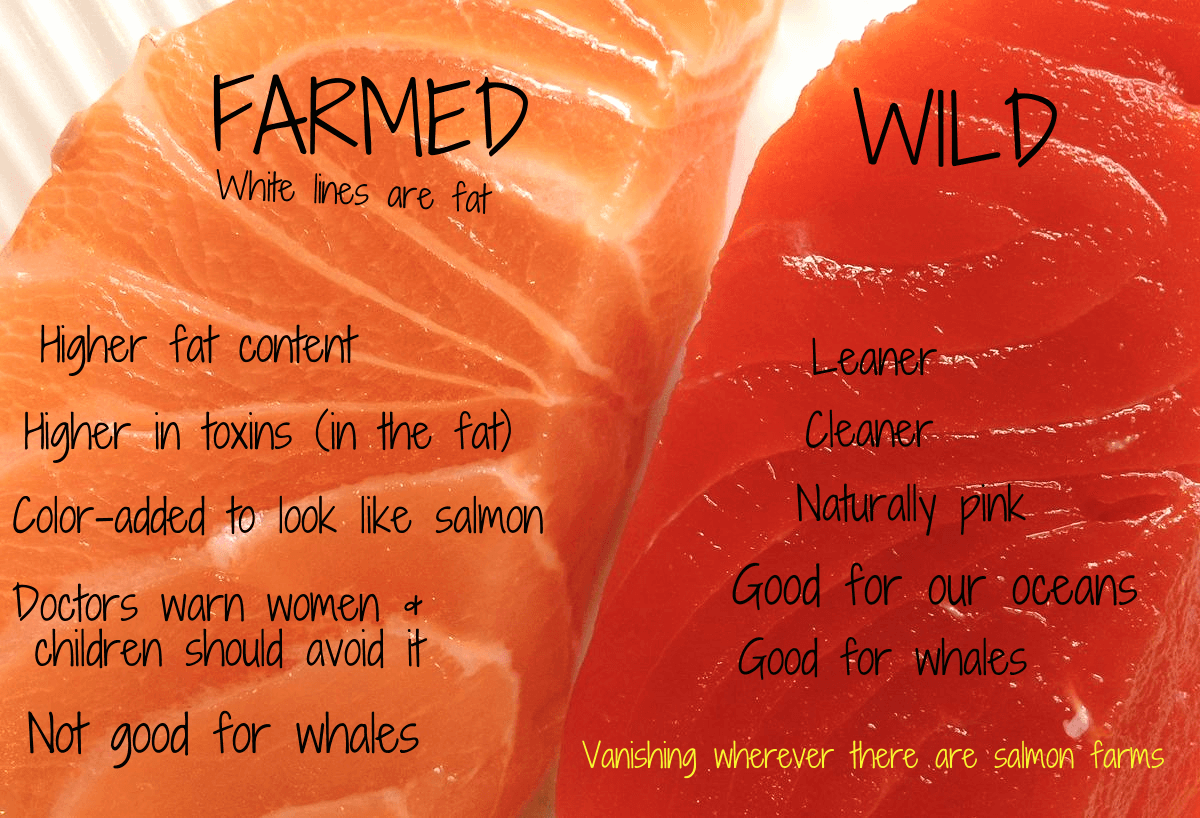
Super Salmon: Farmed salmon can be genetically modified to grow faster and larger than wild salmon. However, this practice raises concerns about potential impacts on wild populations and the environment

Cultural Significance: Salmon hold deep cultural significance for many indigenous communities, who have relied on them for sustenance and livelihood for centuries. Traditional fishing practices and ceremonies honor the salmon’s vital role in their lives